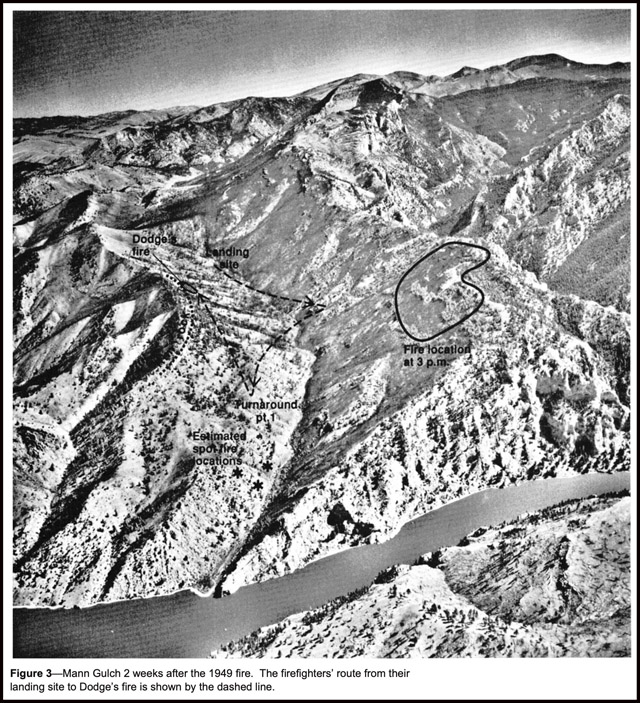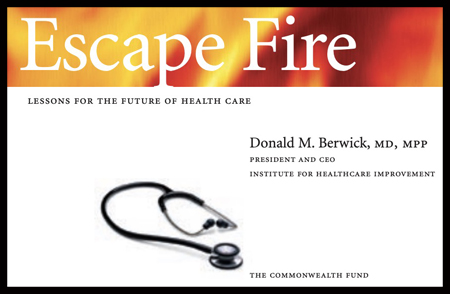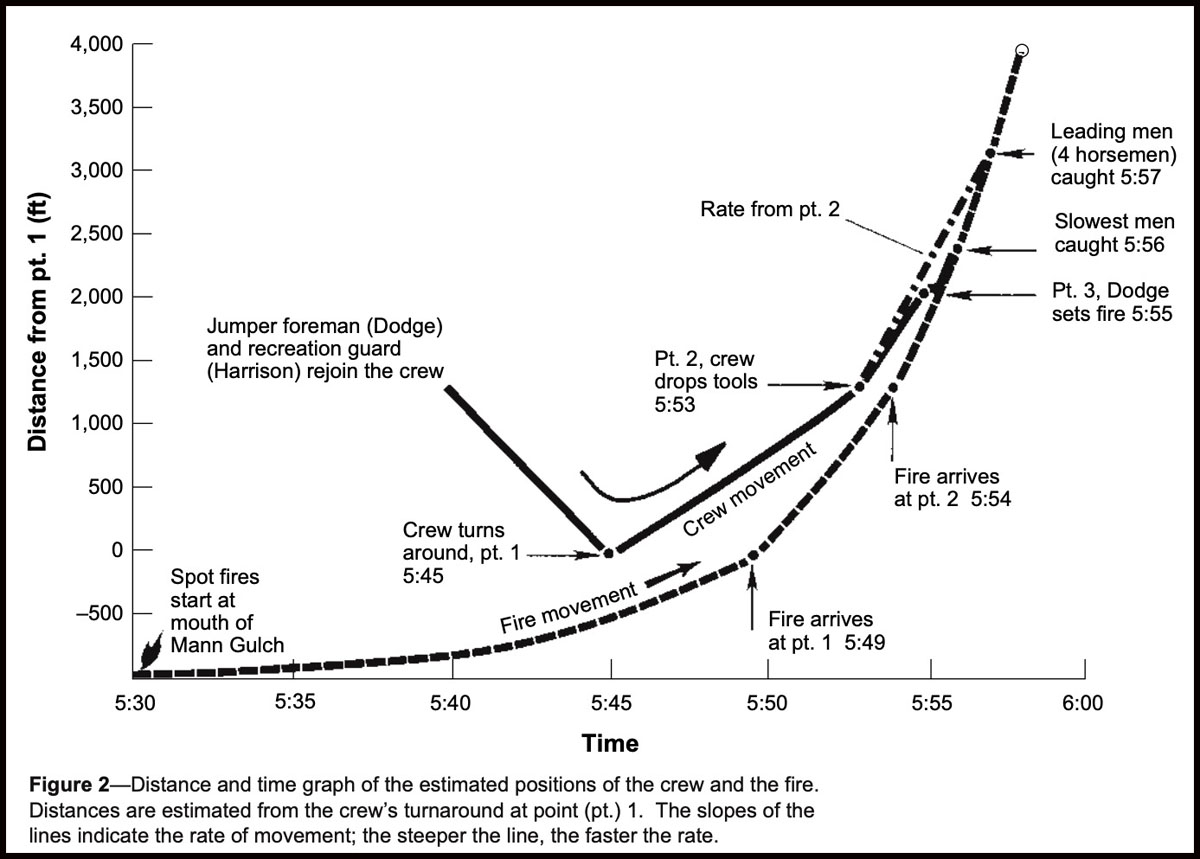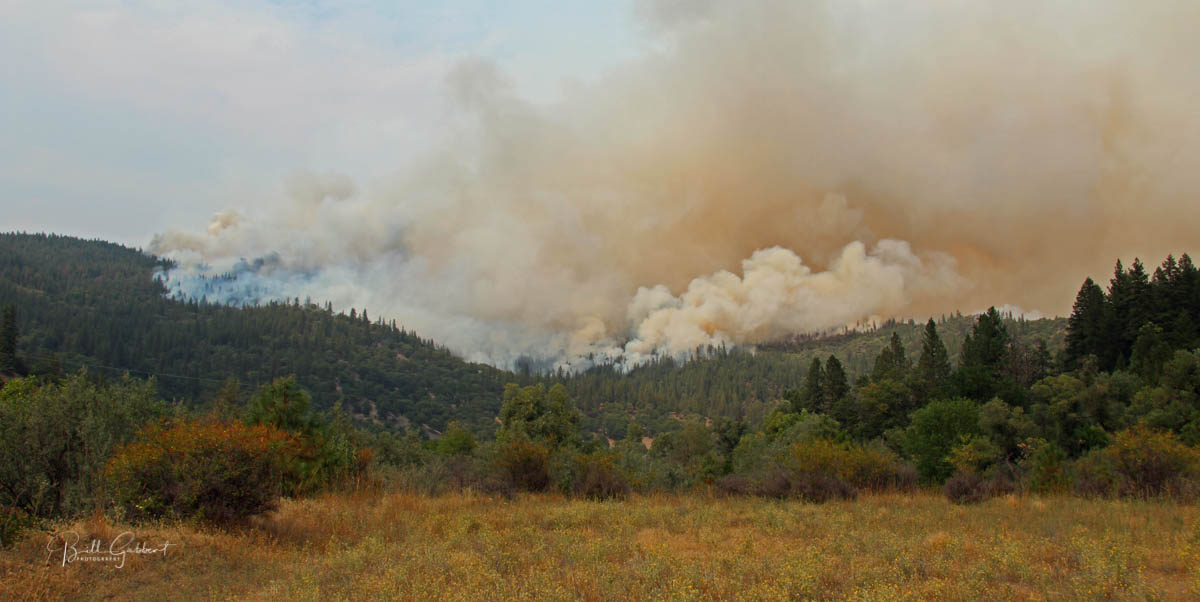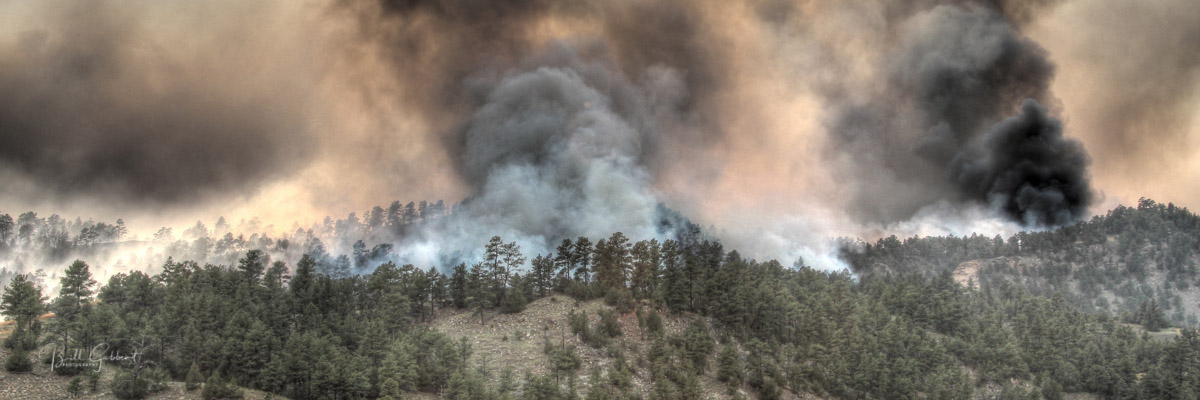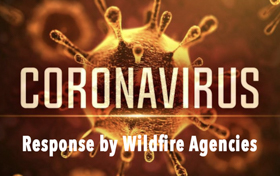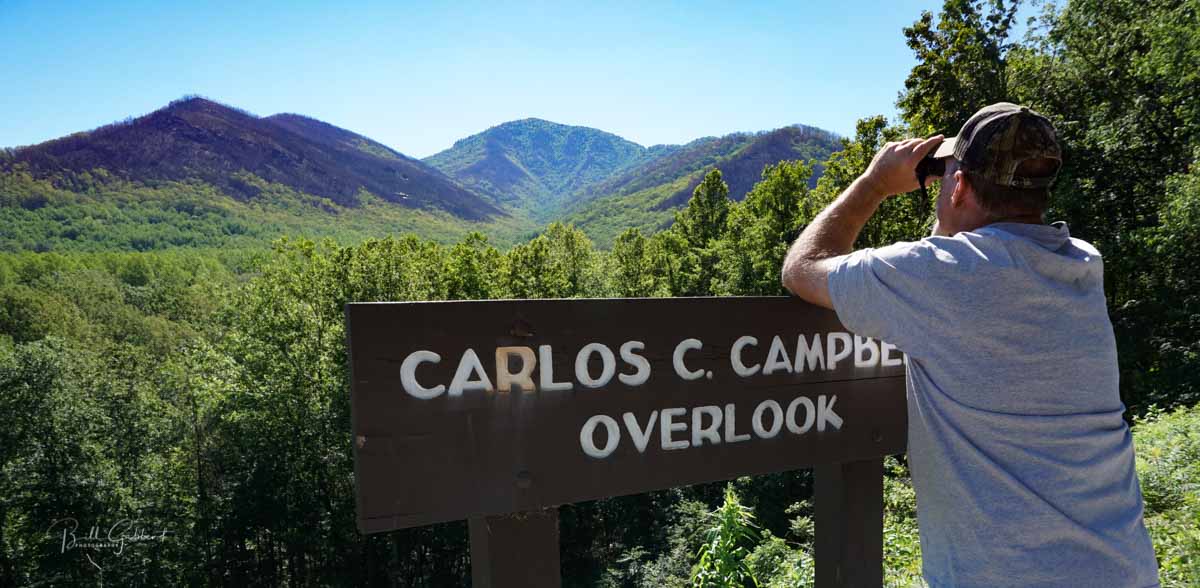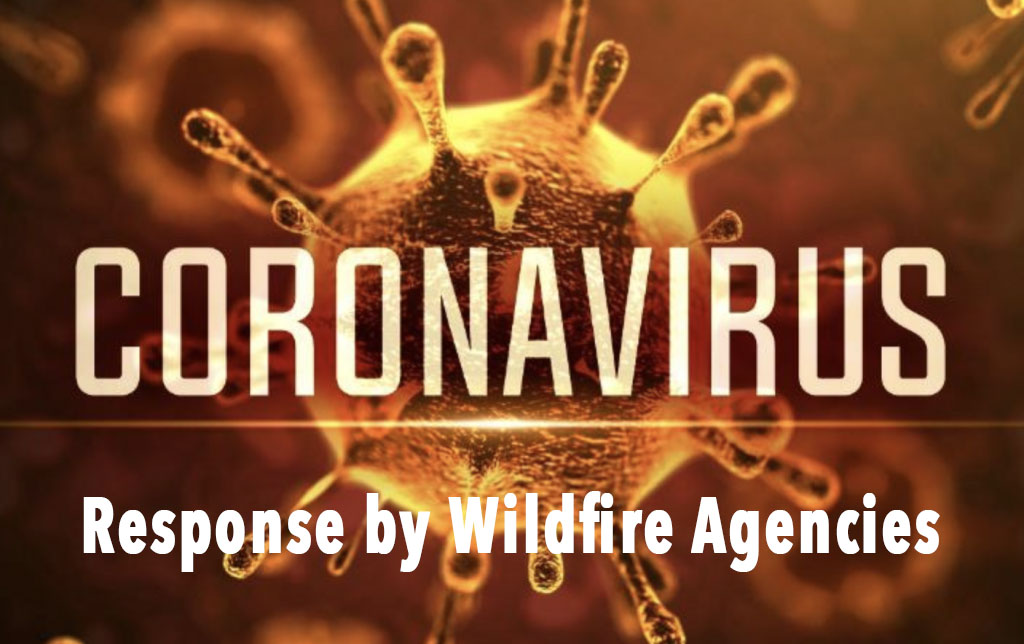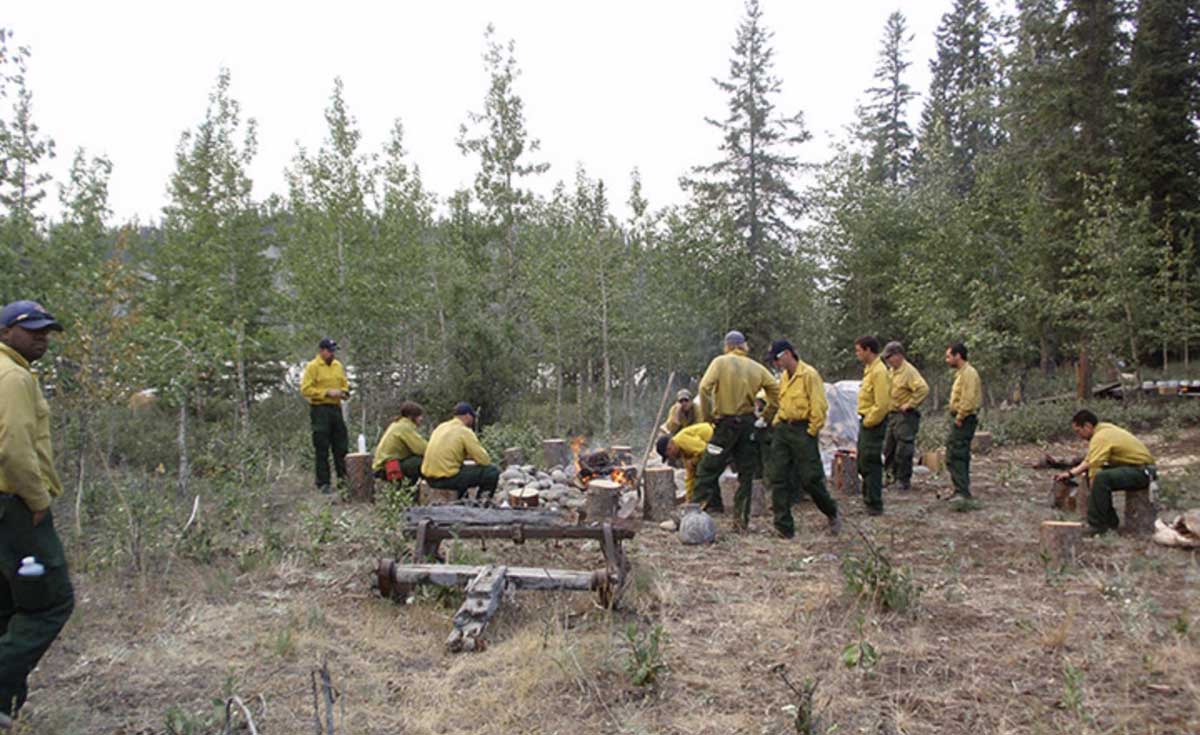
In an effort to gather perspectives from personnel in the field about fighting fire during the COVID-19 pandemic, the U.S. Forest Service held virtual focus group sessions in each of their regions. We acquired a report about the sessions, and below are the highlights from the undated document — which may have been circulated the week of April 5, 2020, or earlier.
The report was titled, “What does fire season look like amidst the COVID-19 pandemic? Concerns, perspectives, and ideas from the field.”
You will see “HP&IOL”, which may stand for “Human Performance & Innovation and Organizational Learning.”
Here is the summary:
INTRODUCTION
This document will discuss the concerns, perspectives, and ideas garnered from the field on how to approach fire season 2020. While the concern is real for the upcoming fire season, COVID-19 has exposed blind spots, pinch points, and weaknesses in the wildland fire system and within the Forest Service as a whole. Whatever actions are taken this season should not be looked at as a temporary fix for a temporary situation. Rather, they should be looked at as possible permanent changes to how we fight fire into the future that make us, as a group, more resilient.
We have a unique opportunity to focus on what is important in life. We have the opportunity to put things into place that help us do our jobs better and make life better for the employees in the long run. We need to ensure that whatever the changes, our primary responsibility is to care for the safety of our people during and after assignment.
What people want most is a message from national leadership acknowledging that this fire season isn’t going to be normal and that we are going to have to use different strategies. Some of those strategies may not be well taken by the public and it is going to take some political courage to follow through.
METHOD
To engage the field in a timely manner, HP&IOL held virtual focus group sessions in each region to gain a variety of perspectives. Each focus group session hosted a diverse set of resource types including IHC, engine, crew, aviation, IMT members, dispatch, and line officers. Notes from each region were combined and distilled into this summary document.
It should be noted that the participants of the focus groups were extremely appreciative to be given the opportunity to express their concerns and ideas and to be a part of the planning process.
HIGHLIGHT REEL — THE TOP SEVEN
From the perspective of the field, we need to crank up discussions and hard thinking. We can do a lot of things to reduce risk of exposure to the virus, but it will likely increase risk elsewhere. When all is said and done, we can’t let the pandemic and its associated precautions distract our resources from the basics of wildland fire and the risks associated with it. Put plainly by an IHC superintendent, “There is concern that this will be a high fatality year due to all of the distractions playing out right now.” While we don’t have control over the distractions on a personal or professional level, it is very important for leadership at all levels to understand these distractions and what the unintended consequences of those are going to be.
MISSION-CRITICAL, STRATEGIC DIRECTION AT A NATIONAL LEVEL NOW, IF NOT WE NEED TO PAUSE
The direction currently being pushed down to units offers a lot of decision space for units in creating different approaches. If forests and regions are rolling their own plans, some may be more lax than others on protocols, putting the resources from other forests and regions at risk. The field urgently requested clear national leader’s intent. With crews already on-boarding employees and many others about to be on-boarded, maybe it is time to take a pause on operations until strategic direction is released. Until then, the field would like to know what the WO is doing to assess the situation. Be transparent with your efforts even if you don’t have a “final” solution or guidance yet.
ACTING AS VECTORS FOR COVID-19 SPREAD
Personnel are concerned about contracting COVID-19 and spreading it to other firefighters and the public as they travel between incidents. Responders are also deeply worried about bringing the virus home to their families. For many, this is not an option; they would refuse to go home and risk exposing their loved ones. When considering how to protect our employees, we must also consider how to protect their families. If not, the available work force numbers may suffer drastically.
OPERATIONAL PREPAREDNESS
As a nation, we are not anywhere near the pinnacle of this outbreak and what the field has already seen is a lot of disruption in peoples’ lives. The field is worried that we are not going to have the organizational capacity to respond to fire. The same goes for our partners and cooperators. The pandemic has only magnified issues with hiring and staffing and many of our surge resources, such as Job Corps, have been severely impacted.
ISOLATION IS THE KEY – RE-TOOLING HOW WE ORDER, MOBOLIZE, AND PAY RESOURCES
Reducing the amount of exposure to employees typically means isolation, whether that be individually or clustered as groups. Re-structuring how we order and stage resources is going to be extremely important in reducing exposure. However, this may mean asking employees to do things outside of their normal position descriptions and as such, they should be paid commensurately.
GO VIRTUAL – REDUCE NUMBERS
Many IMT positions can be successful operating remotely and numerous large fire tasks can also be transitioned to a virtual platform. Personnel can work at remote stations reducing the number of people required to be in the same area. We need to start planning now to identify which tasks and positions can be made virtual and the IT and software support needed to stand up those changes.
FIRE CAMP – WE CANNOT DO IT THE WAY WE HAVE ALWAYS DONE IT
If there ever is a place for COVID-19 to spread quickly it is at fire camp. Close quarters, many shared surfaces, and a general lack of hygiene all contribute to an arena that would make COIVD-19 containment nearly impossible. While the potential for COVID-19 to spread outside a fire camp makes this a more significant issue, the on-going threat in a normal season to a communicable disease spreading throughout camp and sidelining a significant portion of much needed wildland fire personnel warrants capturing these best practices as the new normal way of doing business. We need food, water, communication, medical support, and supplies to work but we don’t necessarily need them from a single location.
WORKERS COMPENSATION – HOW DO WE PROVE EXPOSURE?
OWCP claims are often long and drawn-out. It has also proven to be hard to substantiate an “illness” as connected to work. How are we going to prove COVID-19 cases and exposure if contracted at work or on a fire assignment? We need to plan for the worst-case scenario with COVID-19 spreading quickly through responders on a fire. Is the Forest Service prepared to help its employees if they contract the coronavirus while working when OWCP denies their claim due to a lack of evidence?
CONCLUSION
As always, our field-going personnel answered the call, joining us with short notice to attend a series of focus groups. They provided extensive, thoughtful responses to the challenges of the upcoming season. Their responses can be best captured by this risk-based question: Many people are talking about reinstating the 10:00 AM rule or getting more aggressive with initial attack efforts to reduce the need for large-scale IMT responses. Will IA resources take on more risk to keep fires small because of the COVID-19 threat?
As this question indicates the wildland fire environment has always been complex. This season we have the added challenge of COVID-19. The best way to deal with complexity is through transparency. Transparency doesn’t just happen, it takes effort. We need to create the space for reflection, dialogue, and forging connections between the different levels of our organization. We believe HP&IOL is in unique position to assist in these efforts.

